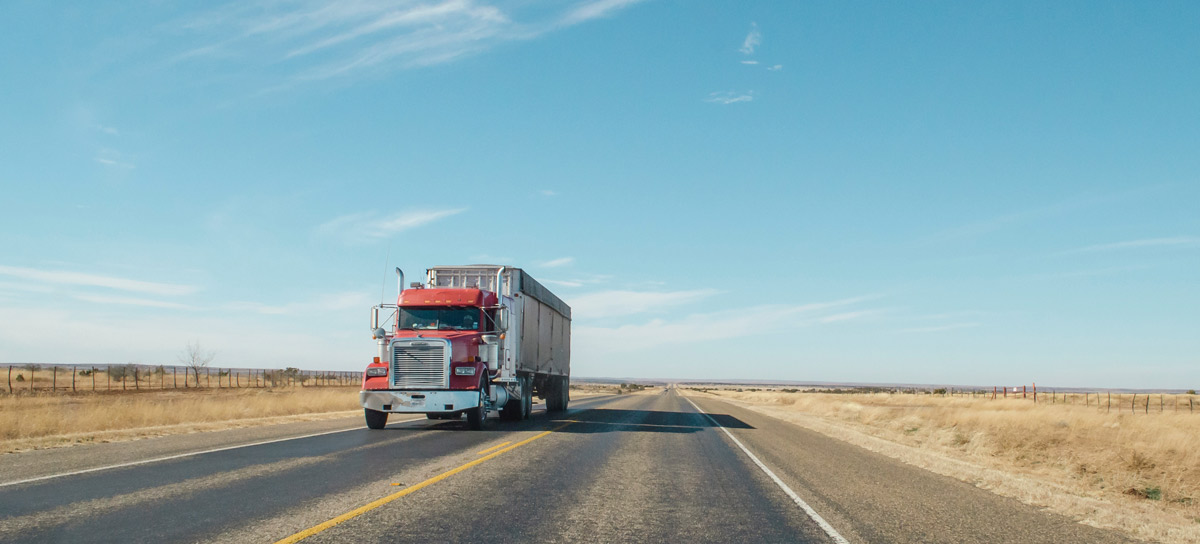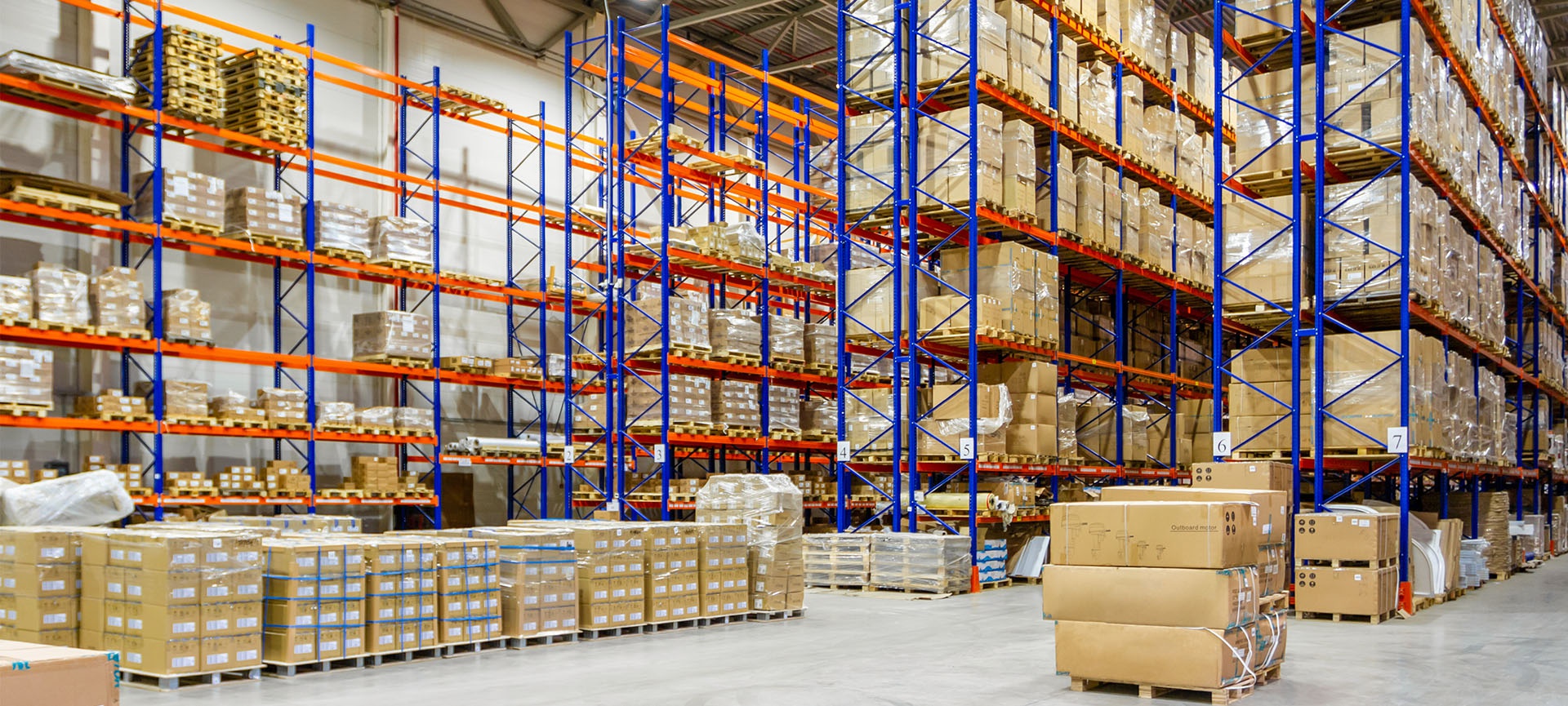World of goods transport and logistics is very complex. There are many legal provisions to respect and myriads of chained activities even if it looks like a rather basic activity.
Think about this world as the circulatory system of your body. The blood vessels are the main transportation routes, and the blood cells are the means of transport.
Transportation of goods is the “blood” flowing and nurturing the world economy.
If you own or work for a business that needs to transport goods from A to B, you will need to know quite a lot of information. Which trucking company is the most serious and the most efficient? What are the market best prices for freight services? And a whole plethora of linked services like warehousing, expedition, consolidation, manipulation, packaging, labelling, fast delivery, estimated times of transit from loading to unloading the goods.
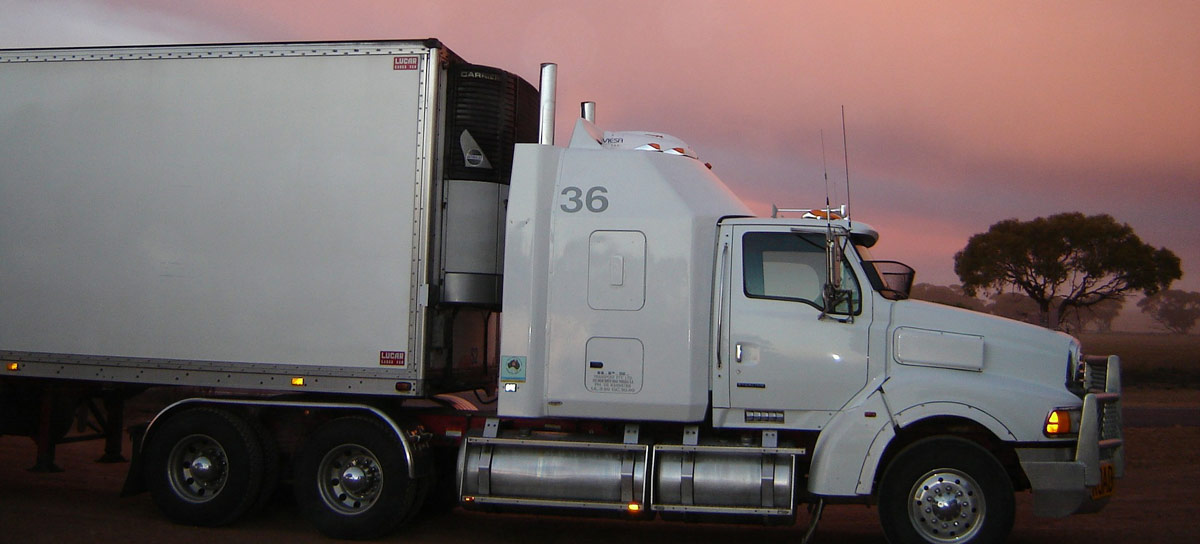
According to the International Trade Commission, Canada is the U.S. second most important merchandise trading partner, with a total exchange of 541 billion US dollars in 2016.
In the same time, the U.S.A. is Canada’s first trading partner, the merchandise exchanges accounting 33,107 millions of dollars in exports to the U.S. and 31,926 millions of dollars in imports from the U.S.
Among all these tremendous volumes of goods, the transport of dangerous goods rises the most emotion and sometimes fears due to their potential of being damaging to people and the environment.
So, having all the information you need about this transportation branch will ease your mind. It also will make you more confident in dealing with this type of goods in your business.
What are the dangerous goods? What are the rules about the transportation of dangerous goods?
First, you need to know that Canada and the US have different names for goods with potential risks during their transport. While in Canada we have dangerous goods, in the US they have the HazMat acronym. HazMat means as you have already guessed, hazardous materials.
Dangerous goods or hazardous materials are substances, solids, liquids or gases that can harm people, other living organisms, property or, in short, the environment.
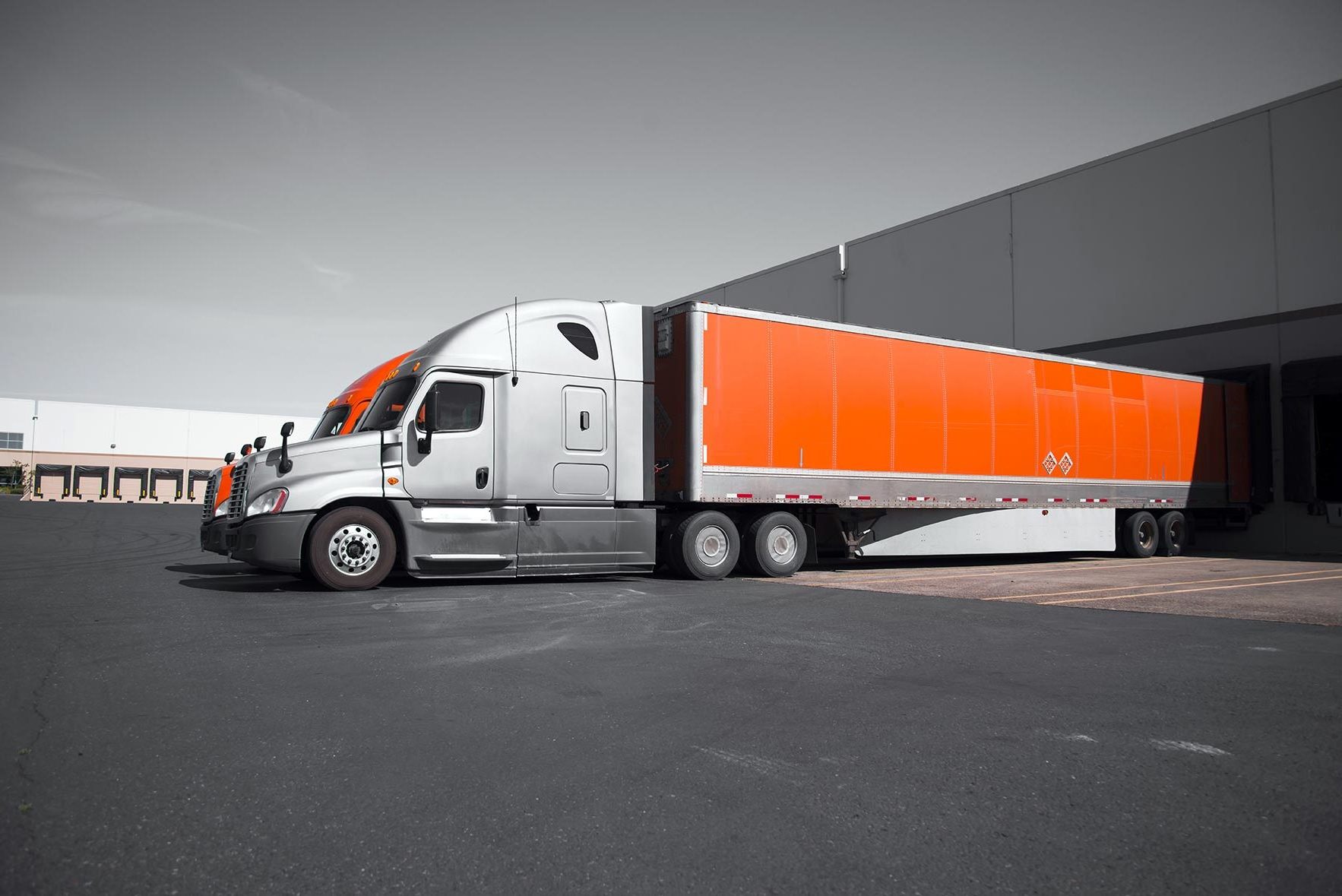
Dangerous goods have more categories. The classification is not applicable only in Canada or the US, but also worldwide due to a series of international treaties. Laws and regulations on dangerous goods may differ from state to state. They also may differ according to the situation the goods are at a given moment.
So you must know that different sets of rules will apply for the use of hazardous materials, for spills, for sales to final consumers, and, of course for transportation. The later is the most used and the most harmonized throughout the world.
There are international conventions for each way of transportation (terrestrial, air and waterways). The foundation of these regulations is the UN Recommendations on the Transport of Dangerous Goods. These are the general worldwide accepted rules, from which each country implemented its own set of regulations by the responsible bodies.
For Canada – the responsible body is Transport Canada and for the USA the responsible body is the U.S. Department of Transportation.
Related article: Effective Ways to ship From Canada to the U.S.
Shipping and transportation of dangerous goods in Canada unfold under provisions of the Transportation of Dangerous Goods Act, (“TDGA”). In the United States, the corresponding law is the US Department of Transportation (DOT) Code of Federal Regulations, Title 49 (“49 CFR”).
There are 9 classes of dangerous goods, each of them with their specific signs and divisions.
Also, there are 3 packing groups. These 3 packing groups (also known as UN Packing Group) varies by the degree of the goods danger:
- Packing Group I: high danger
- Packing Group II: medium danger
- Packing Group III: low danger
The packing requirements for dangerous goods from the UN group I are higher than those from group II and III.
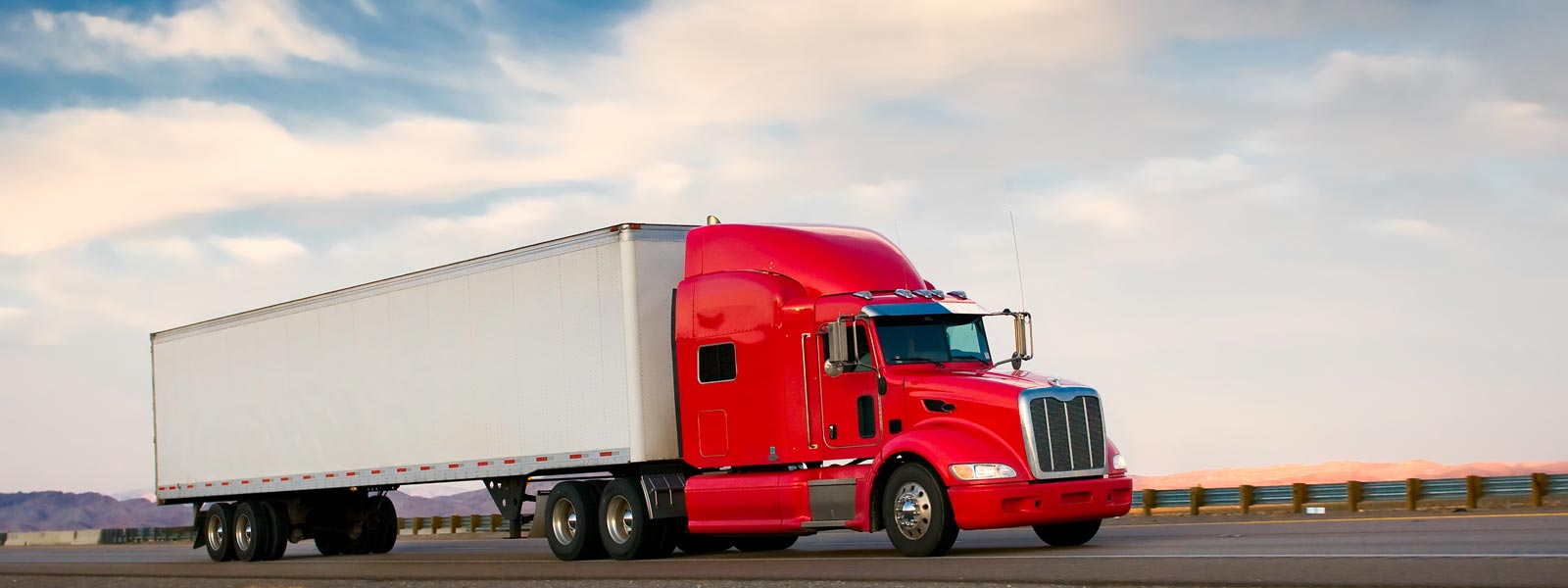
The consignor (also known as the sender or the shipper of the goods) completes the transport documents and must determine the classification and packing group of the dangerous goods before allowing a carrier to take possession of these goods for transport. So it is always a good idea to know the classification of these types of materials.
Class 1 – Explosives. This class has 6 divisions numbered from 1.1 to 1.6 according to the potential danger of a certain type of reaction or explosion these materials could produce. 1.1 represents the most sensitive to mass explosion materials. The 1.6 designates the less sensitive to mass explosion materials. But make no mistake – all materials in this class have the potential to cause explosions and fire. Examples of class 1.1 are TNT, dynamite, nitroglycerine, while the 1.4 class include consumer fireworks and ammunition.
Class 2 – Gases. This class has 3 divisions. 2.1 – flammable gases (such as acetylene, hydrogen, and propane). 2.2 – non-flammable & non-toxic gases (such as nitrogen, neon, and carbon dioxide) 2.3 – toxic gases (such as fluorine, chlorine, and hydrogen cyanide – liable to cause death or serious injury to human health if inhaled).
Class 3 – Flammable liquids. These are all types of liquids that have a flash point less or equal to 60oC measured according to the UN Recommendations or intends or expected to be at a temperature-controlled trailer that is greater than or equal to their flash point at any time while the substances are in transport. Flammable liquids included in Class 3 settles in one of the following packing groups:
- Packing Group I, if they have an initial boiling point of 35°C or less at an absolute pressure of 101.3 kPa and any flash point, such as diethyl ether or carbon disulfide;
- Packing Group II, if they have an initial boiling point greater than 35°C at an absolute pressure of 101.3 kPa and a flash point less than 23°C, such as gasoline (petrol) and acetone; or
- Packing Group III, if the criteria for inclusion in Packing Group I or II are not met, such as kerosene and diesel.
Class 4 – Flammable Solids. These are substances liable to spontaneous combustion or substances that emit flammable gases in contact with water (the so-called water-reactive substances).
This class also has 3 divisions:
- Class 4.1 – flammable solids (such as nitrocellulose, magnesium, safety or strike-anywhere matches);
- Class 4.2 – substances liable to spontaneous combustion (such as aluminum alkyls, white phosphorus);
- Class 4.3, water-reactive substances (such as sodium, calcium, potassium, calcium carbide).
Class 5 – Oxidizing substances and organic peroxides with a division for each of the two categories.
- Oxidizing Substances (5.1) yield oxygen thereby causes or contributes to the combustion of other material. Examples: calcium hypochlorite, ammonium nitrate, hydrogen peroxide, potassium permanganate),
- Organic peroxides (5.2) consists of substances that: – are thermally unstable, – are liable to undergo exothermic self-accelerating decomposition – are liable to explosive decomposition, – burn fast, – are sensitive to impact of friction, – react dangerously with other substances or – cause damages to the eyes. Examples: benzoyl peroxides, cumene hydroperoxide.
Class 6 – Toxic and infectious substances. This class has also 2 divisions:
– 6.1 – Toxic substances, that are liable to cause death or serious injury or to harm human health if swallowed or inhaled or if they come into contact with human skin. Examples: potassium cyanide, mercuric chloride, pesticides, methylene chloride. – 6.2 – infectious substances. The World Health Organization (WHO) divides the 6.2 class into two categories: Category A: Infectious; and Category B: Samples (virus cultures, pathology specimens, used intravenous needles).
Class 7 – Radioactive materials that have no divisions. These are substances which emit ionizing radiation (such as uranium, plutonium).
Class 8 – Corrosives. These are substances that attack the human skin. They may cause permanent or temporary damage by destroying skin layers and tissues. Examples: sulfuric acid, hydrochloric acid).
Class 9 – Miscellaneous products, substances or organisms. They are hazardous substances that do not fall into the other categories. Examples: such as asbestos, air-bag inflators, self-inflating life rafts, dry ice.
How to legally transport dangerous goods by road in Canada or to the US
As shown before, a consignor or shipper of dangerous goods has more responsibilities.
In Canada, a consignor is a person who is named in a shipping document as the consignor, or who imports or will import dangerous goods into Canada, or, if neither of the first two points applies, who has possession of dangerous goods immediately before they are in transport.
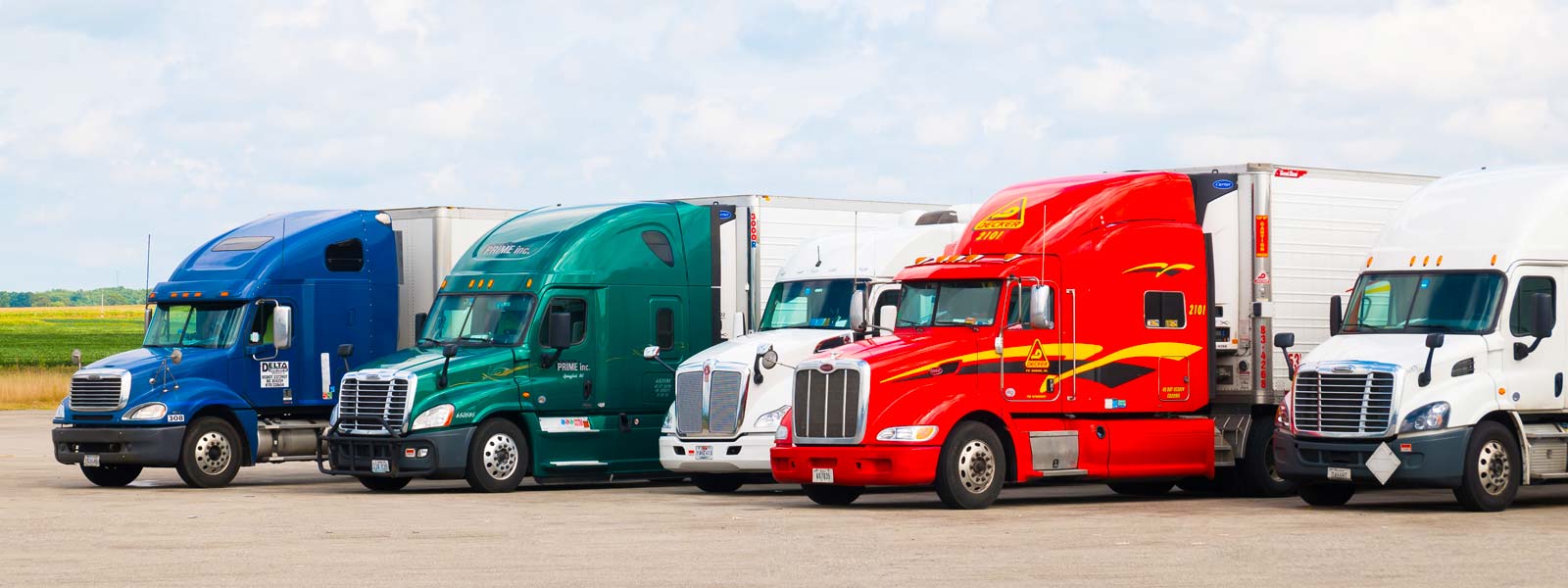
Before importing dangerous goods, or allowing a trucking company in Canada to take possession of dangerous goods for transport, the consignor must fulfill two major obligations :
- display of the required safety marks on each small and large means of containment that contain dangerous goods;
- provide the carrier or truck driver with the safety marks for the dangerous goods that he is offering for transport or importing and that he offers for transport in large means of containment
A dangerous goods safety mark can be a label, placard, orange panel, sign, mark, letter, word, number or abbreviation. Also any combination of these things. Usually, labels are for small packages ( capacity less or equal to 450 L ) and placards are for greater than 450 L package means.
Safety marks – why are they compulsory when you have to ship a dangerous goods load?
Dangerous goods safety marks give a quick identification of dangerous goods in the event of an emergency situation such as a release of dangerous goods from a recipient, package or such.
Dangerous goods safety marks are also an information tool for people involved in transportation, including truck drivers and reception personnel at the destination point where you ship the goods.
It is also good to know that in Canada labelling has to be in both French and English, while in the US, obviously, English is required.
Transport of Dangerous Goods Act in Canada specifies the size, content, and design of TDG labels. The specifications include:
- Labels are diamond-shaped (square on a point).
- Each side of the TDG label must be at least 100 mm in length.
- There must be border consisting of a line located 5 mm inside the edge of the label.
- The size of the label may be reduced in order to fit smaller containers, provided that: ➔ the label size is not reduced below 30 mm. Tags may be attached to containers that are too small for
a TDG label. ➔ if the TDG label size is reduced, the label contents (symbols, text, and numbers) must be reduced in proportion.
Who will take care of handling and shipping dangerous goods in your Canadian company?
Section 6.1 of Canada’s Transportation of Dangerous Goods (TDG) Regulations states that a person who handles offers for transport or transports dangerous goods must be trained and hold a training certificate. Similar provisions are in effect in the USA also.
In Canada, these activities can be done by someone without such training, but only in the presence and under the supervision of an employee who has followed the TDG training and holds a valid certificate.
Unlike the European Union states, that have the ADR Convention to regulate the handling and transport of dangerous goods and where training and exams for employees – other than truck drivers – working in this field are very strict and controlled by state authorities, in Canada the training certificate is issued by the employers with reasonable grounds to believe their staff is adequately trained.
Moreover, if they believe on reasonable grounds that they are trained to perform their duties, self-employed persons may issue themselves a training certificate that includes the remove information.
Another difference from European regulations on dangerous goods transport is that in Canada the certificate has no standard format, employers may create their own template as long as a minimum set this information is provided, while in Europe the certificate is issued by a state authority after taking an exam.
Training certificates in Canada are NOT transferable, like in Europe. But when an employee has received training, the employer must issue a certificate. A person who works for more than one business at a time will receive more than one certificate. This is not also the same in Europe, where one certificate can be used to work for more than one employer.
Looking at the US and Canada, both countries have similar training requirements for persons handling and transporting dangerous goods. It is also worth noting that both countries have reciprocity provision regarding this aspect.
Another useful info: If you only have a part of a shipment that is dangerous goods while the rest of the shipment consists of general cargo, you can offer for transport both types of goods in the same truck and under the same bill of lading.
Only take care to list the dangerous goods first under title “dangerous goods, or highlighted, or state by an “X” in a column headed “DG”. Also, make sure that the courier company is an authorized one for DG. The truck driver must also have the training certificate corresponding to the class of DG you load on his truck.
Conclusion
So here you are a few points that will make more clear for you the world of dangerous goods. Having this information, you will be more confident shipping this type of goods throughout Canada and even to the USA.
Transport of dangerous goods is not as simple as general cargo trucking. But if you choose the right transport partners and work only with professionals in this quite sensitive business, your path to a safe and smooth delivery is almost guaranteed.
Our company will always be there to help you with the transport of dangerous goods throughout Canada or from Canada and the US and back. All you need to do is to get in touch with our team and we will be happy to give you all the support. We will also offer our entire transportation expertise.
Related article: 4 Things to Consider Before Hiring a Truck Company

